When it comes to investing, there is no better option than Forex trading. Forex, also known as Foreign Exchange, allows traders to make profits by exchanging currencies in the global financial markets. But what are the different types of Forex trading? In this article, we will explain the different types of Forex trading and how they work. At its core, Forex trading is about buying and selling currencies. Traders can buy and sell currencies in the hopes of making a profit when the prices of the currencies move in their favor.
But there are different ways to trade Forex, each with its own advantages and disadvantages. The most common type of Forex trading is spot trading, which involves buying and selling currencies at their current market rate. Spot trades can be executed quickly and easily, making them ideal for short-term traders. Currency futures are another type of Forex trading. Futures contracts involve the buying and selling of a specified amount of a currency at a predetermined price on a specified date in the future.
Currency options are another type of Forex trading. Options give traders the right, but not the obligation, to buy or sell a currency at a specified price on or before a certain date. Trading in currency options can be more complex than spot or futures trading, but it provides traders with greater flexibility and potential for profits. Finally, there is margin trading, which involves borrowing money from a broker to purchase currencies.
Margin trading carries significant risk, but it can also lead to greater rewards if used properly.
Currency Futures
Currency futures are another type of Forex trading. This type of Forex trading is advantageous for traders who are looking to take advantage of price movements in the long term. It also helps traders manage risk by setting a predetermined price for the currency they are trading.Futures contracts are also highly liquid, meaning they can be easily bought and sold on the open market. This makes it easier for traders to enter and exit positions, which can be beneficial when trying to take advantage of short-term price movements. Furthermore, the flexibility of futures contracts allows traders to adjust their positions as the market changes. Although currency futures offer several advantages, they also come with certain risks.
For example, if the price of the currency in the contract moves against the trader’s position, then they may have to cover the loss. Additionally, fees associated with currency futures can be quite high, and there is also the risk of default if the counterparty cannot meet its obligations.
Spot Trading
Spot trading is the most common type of Forex trading. It involves buying and selling currencies at their current market rate. Spot trades are typically executed quickly and easily, making them ideal for short-term traders.When trading spot Forex, traders are not taking ownership of the underlying currency, but rather are speculating on the value of the currency pair. This means that traders can take advantage of rapid price movements in the short-term, and can use leverage to amplify their returns. However, spot trading also carries risks, as it is possible to lose more than the initial deposit if the trade goes against the trader. It is important for traders to understand the different types of Forex trading and the advantages and disadvantages of each.
Spot trading is a popular and straightforward way to trade currencies, but it is important to be aware of the risks involved. With careful research and risk management, spot trading can provide lucrative returns for traders.
Currency Options
Currency options are another type of Forex trading. This means that traders can speculate on the future value of a currency by buying and selling options. An option’s value is determined by the spot rate of the underlying currency pair, the strike price, the expiration date, and the volatility of the underlying pair. When trading currency options, traders have the potential to benefit from both rising and falling markets.Currency options also provide traders with leverage as well as a way to protect their positions. For example, a trader can buy an option to buy a currency pair at a certain price on or before a certain date. If the price of the pair rises above the strike price before the expiration date, then the option will be in-the-money. On the other hand, if the price falls below the strike price, then the option will be out-of-the-money. Currency options are typically used by experienced traders due to their complexity. It is important to understand all of the risks and rewards associated with trading currency options before entering into any trades.
Margin Trading
Margin trading is a type of Forex trading that allows traders to borrow money from a broker to purchase foreign currencies.This can be a risky form of trading, as it involves taking on debt, but it can also lead to greater rewards if used correctly. When margin trading, the amount borrowed is usually a percentage of the total value of the currency purchased. The amount borrowed is typically referred to as a “margin requirement” and it is usually expressed as a percentage. For example, if the margin requirement is 50%, then the trader must have at least 50% of the total value of the currency purchased in their account in order to open a position.
The broker will provide leverage for the remaining 50%.The main advantage of margin trading is that it allows traders to gain access to larger amounts of capital than what they would have available in their own account. This can allow traders to take on more risk and potentially gain higher rewards. It also allows traders to open positions with smaller amounts of capital, which can help reduce overall risk. The downside of margin trading is that it carries a higher degree of risk. The leverage provided by the broker means that losses can quickly add up if the market moves against the trader’s position.
Additionally, if the margin requirement isn’t met, then the trader may be subject to a “margin call”, which requires them to deposit additional funds or close out their position. In conclusion, margin trading can be an effective way for traders to gain access to larger amounts of capital and potentially increase their rewards. However, it carries a significant degree of risk and should only be used by experienced traders with an understanding of the potential risks involved. Forex trading can be an effective way to diversify your portfolio and increase your returns. However, it is important to understand the different types of Forex trading and their associated risks before entering into any trades. Spot trading, currency futures, currency options, and margin trading all offer unique advantages and challenges that must be weighed carefully when deciding which type of Forex trading is right for you. With knowledge and discipline, you can make informed decisions that will help you become a successful trader.
Learning the basics of Forex trading, developing a trading strategy, and following the markets are all important steps to take when starting out in Forex trading.

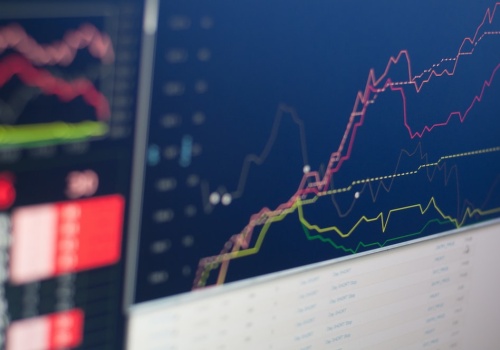

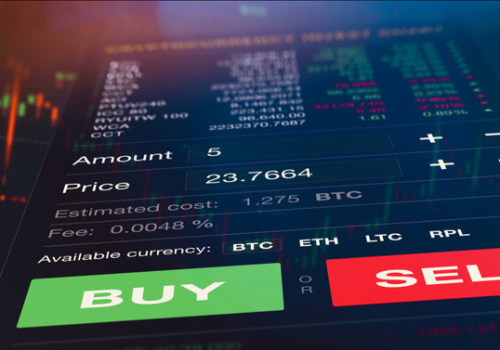
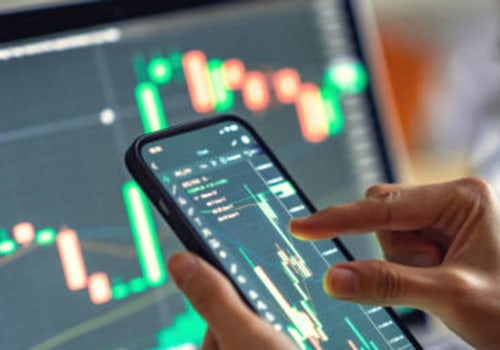

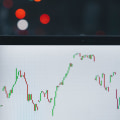

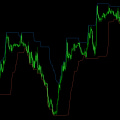


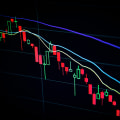
Leave Reply